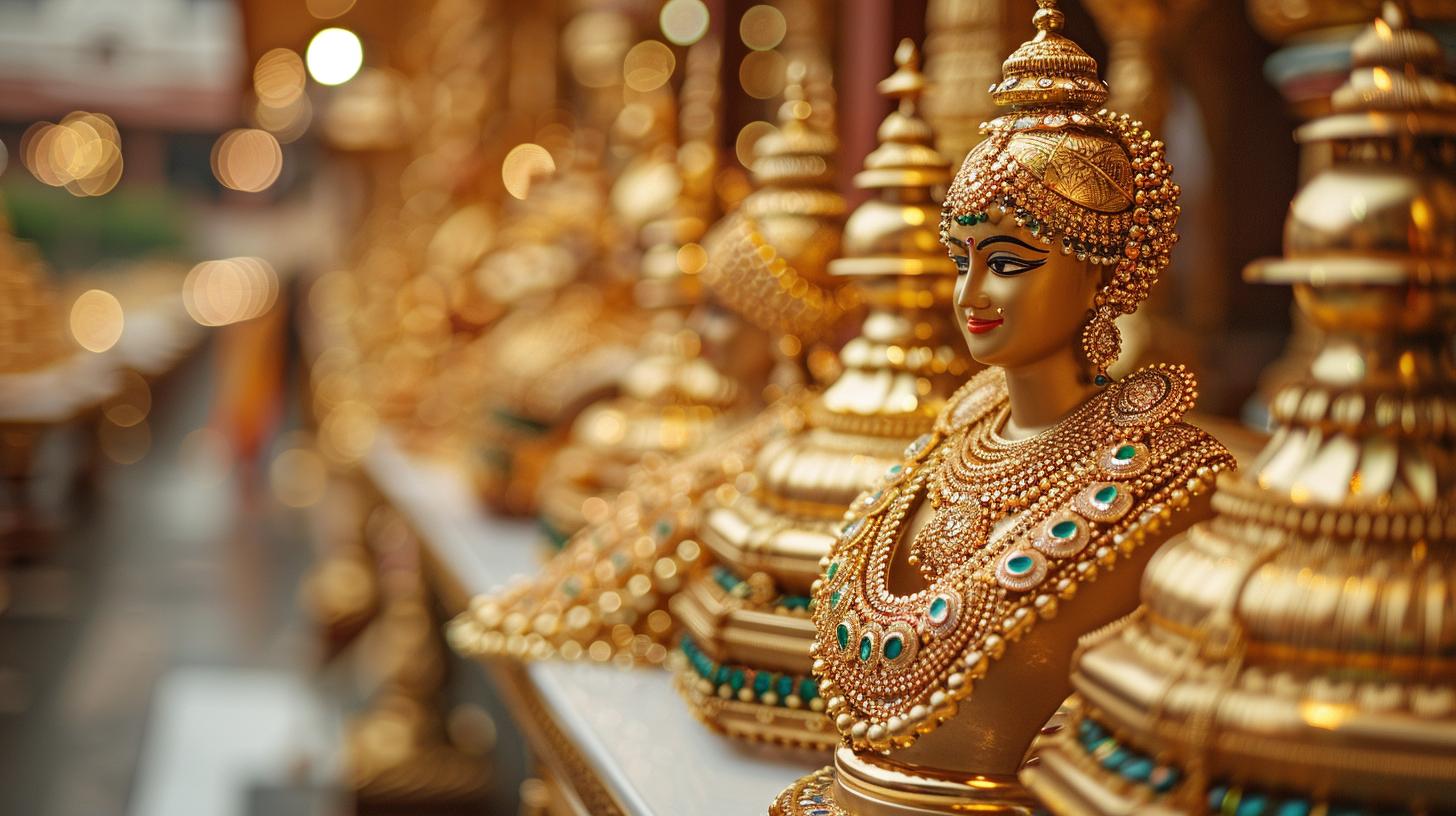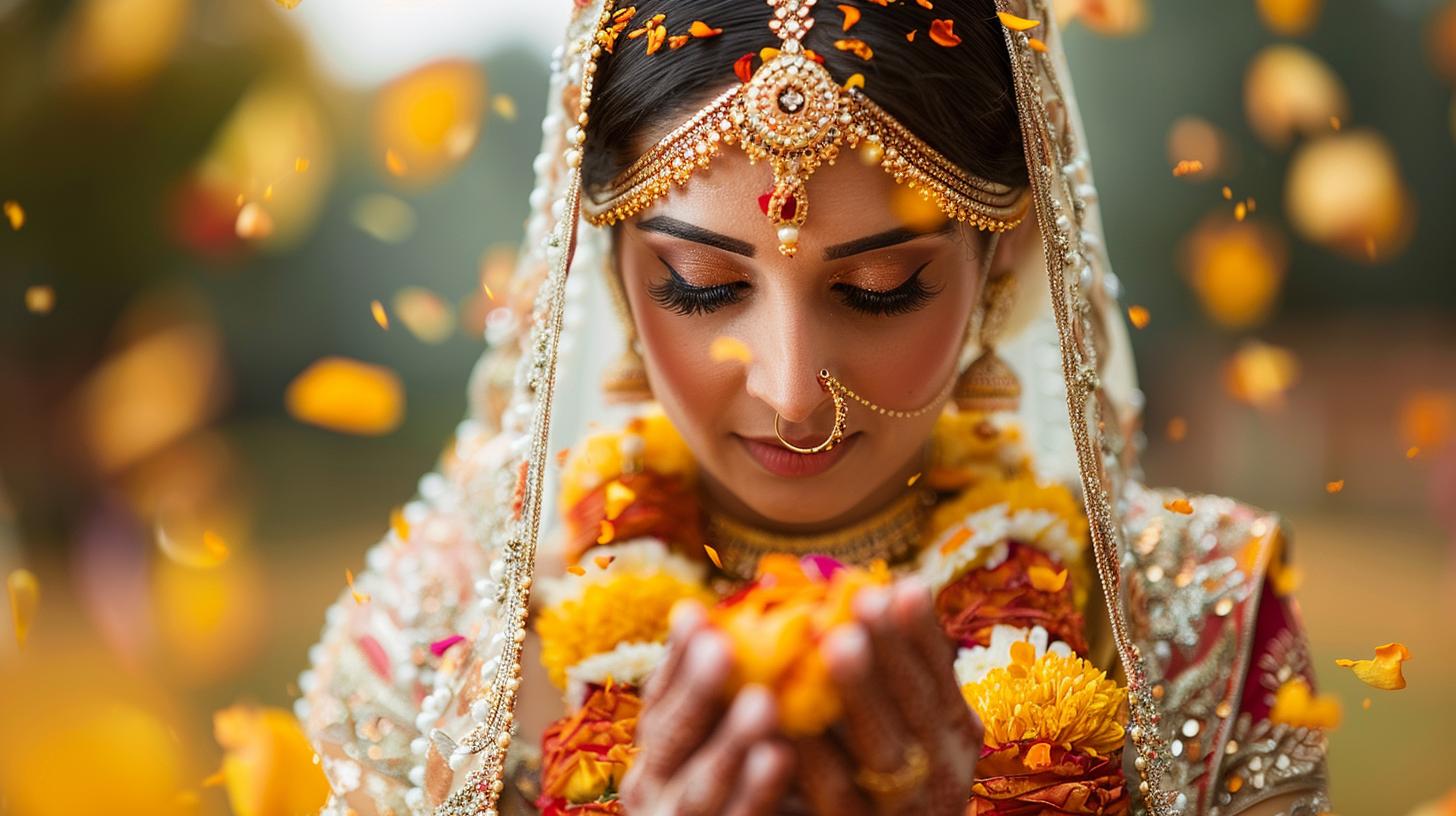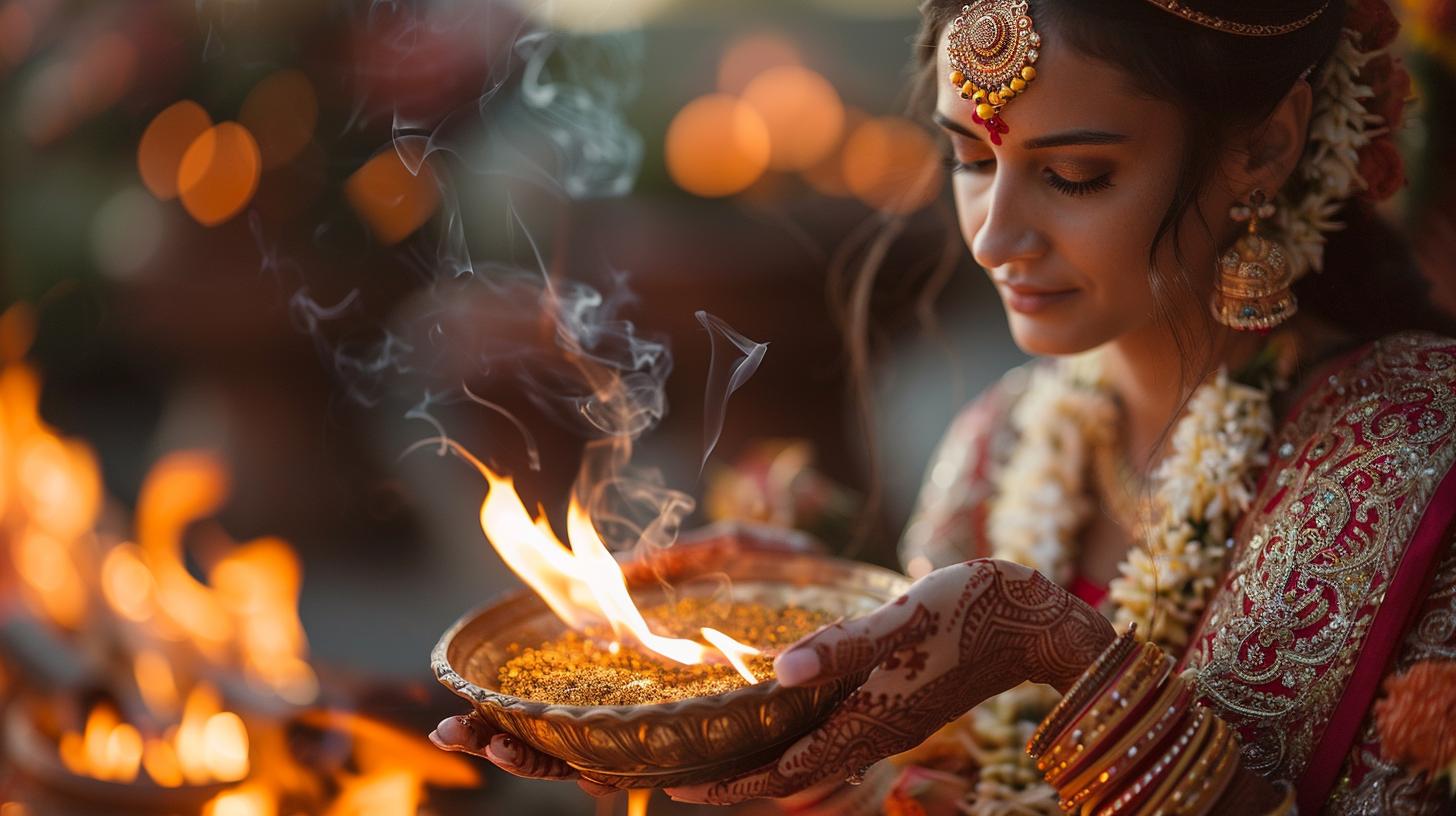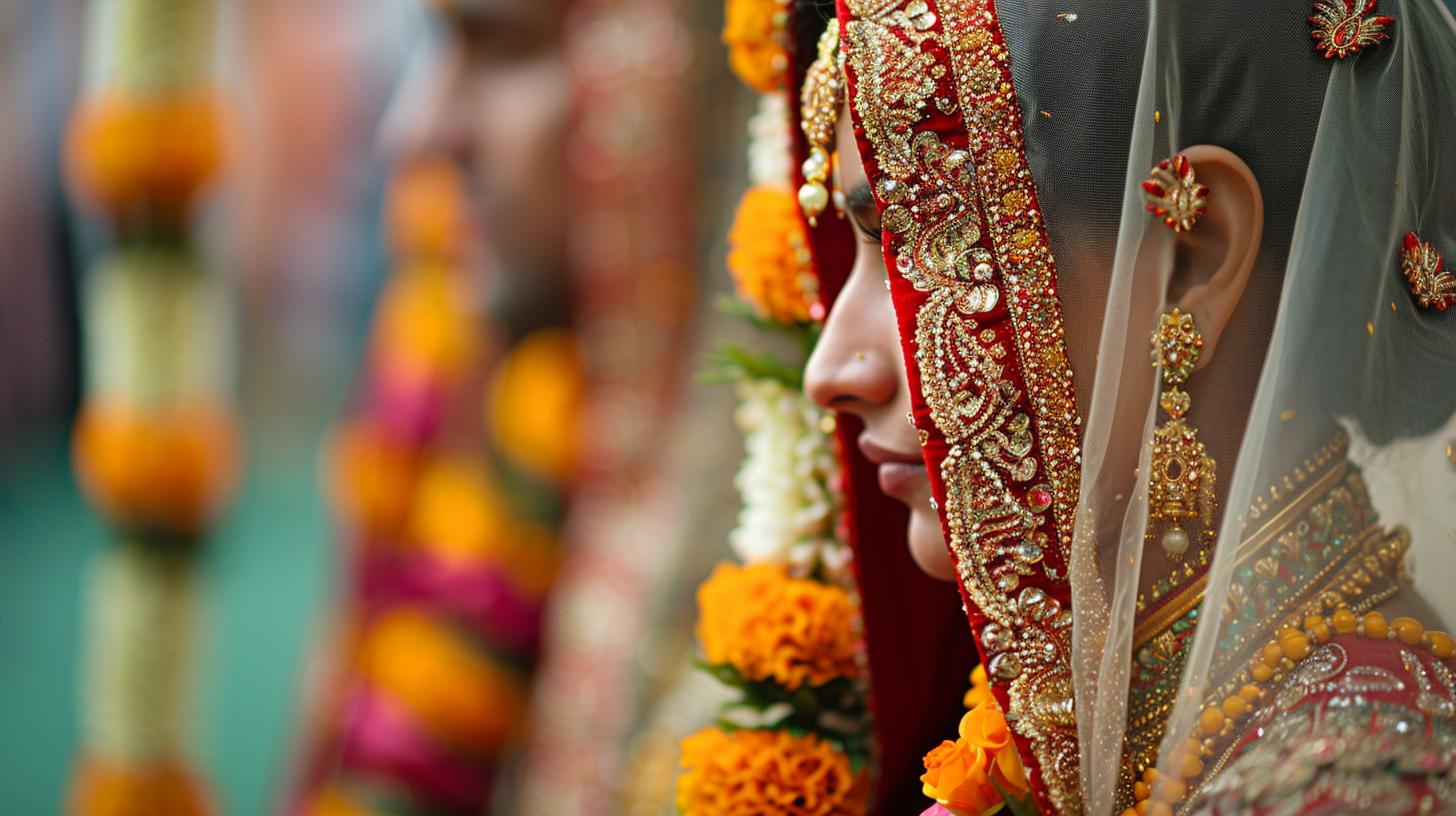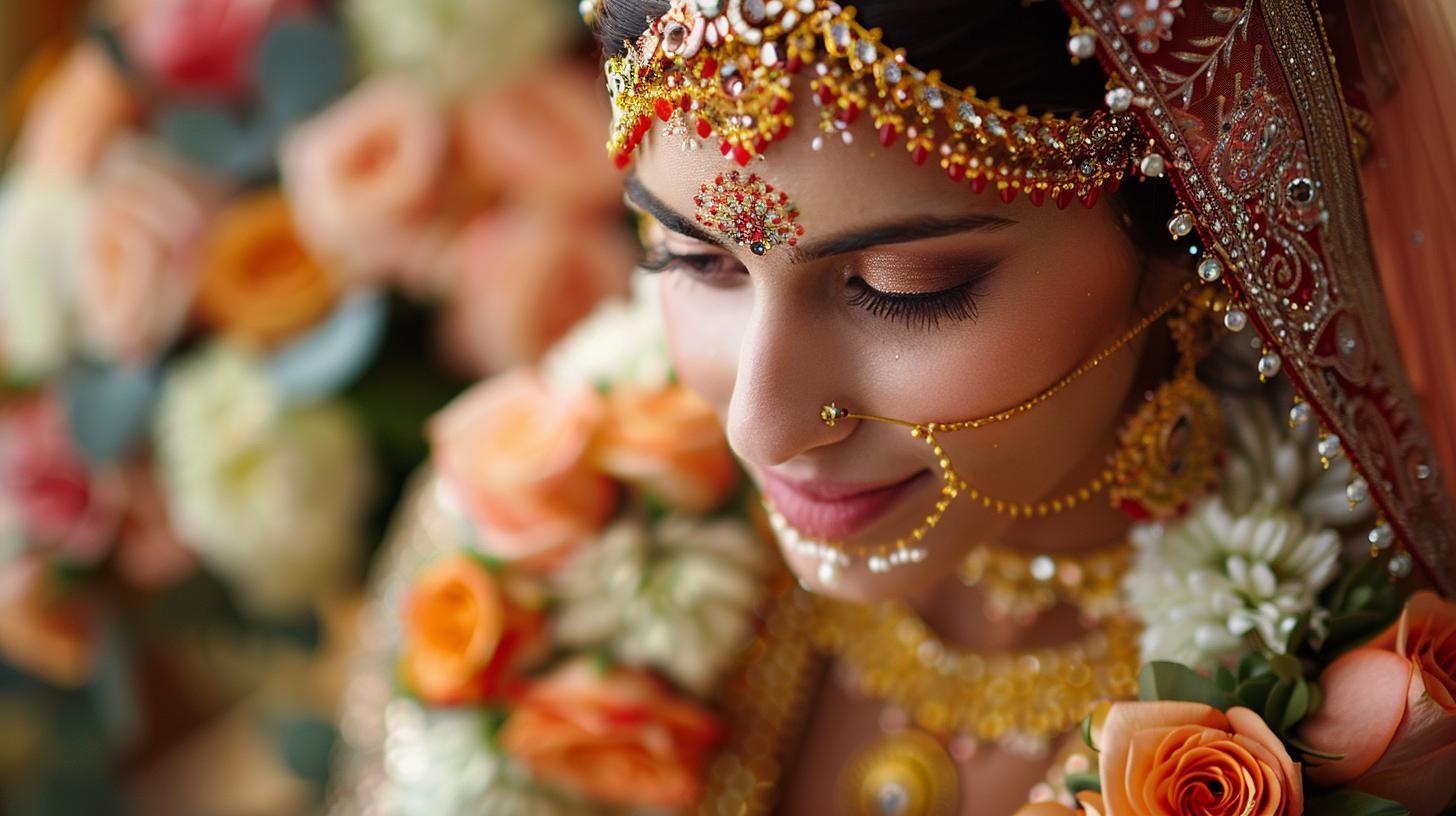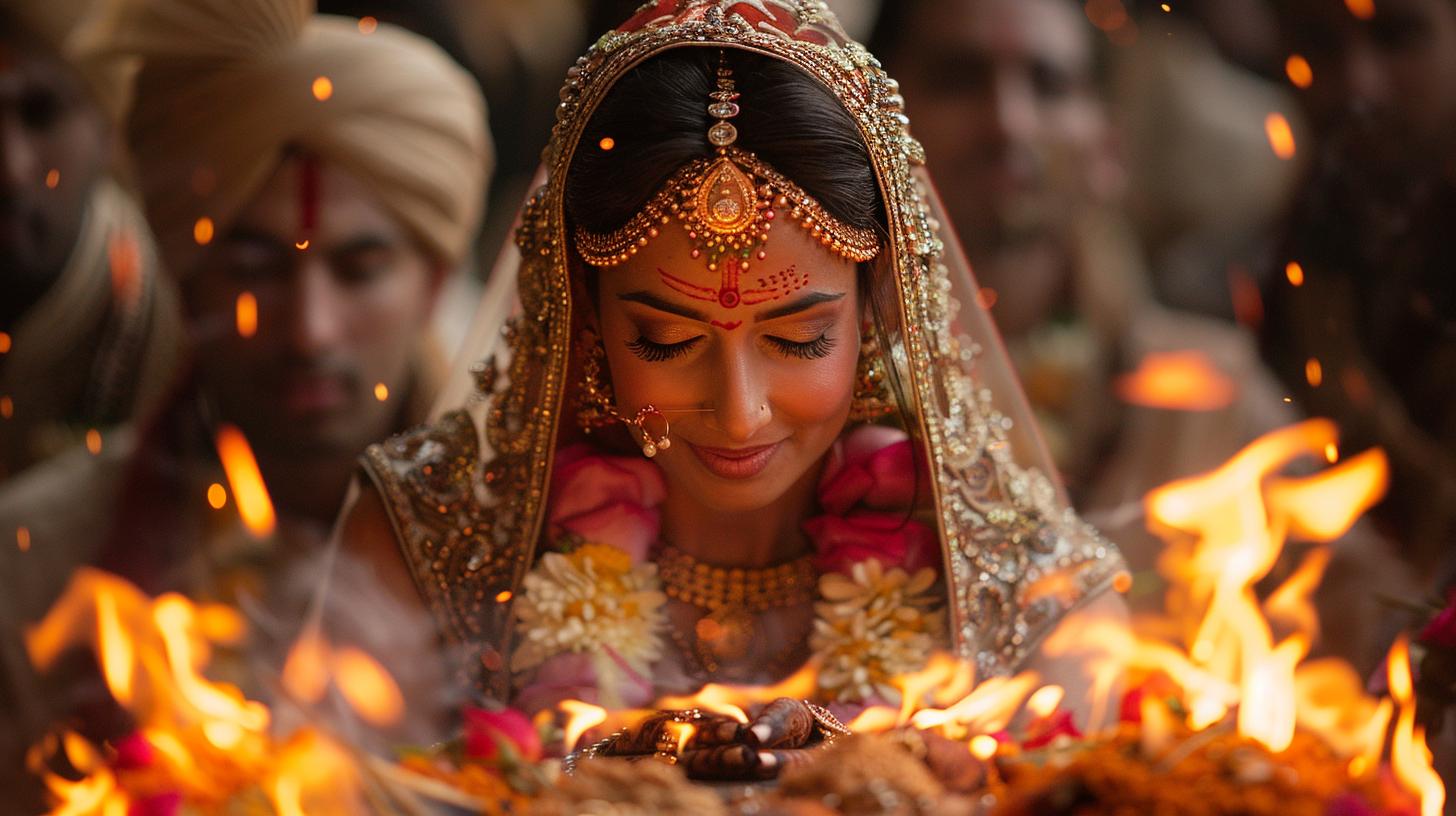Indian Wedding Vs Western Wedding: Contrasting Cultural Celebrations in the United States
Indian weddings and Western weddings have distinct differences in guest list sizes and cultural traditions. Indian weddings typically involve large guest lists with extended family and community members, while Western weddings are more intimate with fewer invitees.
Additionally, Indian weddings feature a greater number of events and colorful attire, whereas Western weddings tend to be simpler and less elaborate.
Differences in Guest List Sizes
Indian Wedding Guest Lists
Indian weddings are known for their large guest lists, which include not only close family members but also distant relatives and even neighbors. In Indian culture, families are seen as extensions of the community, so it is customary to invite a wide range of people to celebrate the union.
Western Wedding Guest Lists
In contrast, Western weddings tend to have smaller guest lists, typically consisting of close family and friends. The focus is on creating a more intimate setting where the couple can share their special day with those closest to them.
Number of Events and Ceremonies
Indian weddings are known for their elaborate ceremonies and numerous events that span several days. On the other hand, Western weddings typically consist of a few key events that take place on a single day.
Indian Wedding Ceremonies
- Pre-Wedding Rituals
- Haldi Ceremony
- Mehendi Ceremony
- Sangeet
- Wedding Ceremony
- Reception
Pre-Wedding Rituals
Indian weddings often begin with pre-wedding rituals that include the Haldi ceremony where turmeric paste is applied to the bride and groom to bless them with a glowing skin.
Haldi Ceremony
The Haldi ceremony involves applying a mixture of turmeric, water, and oils to the bride and groom’s skin to cleanse and purify them before the wedding.
Mehendi Ceremony
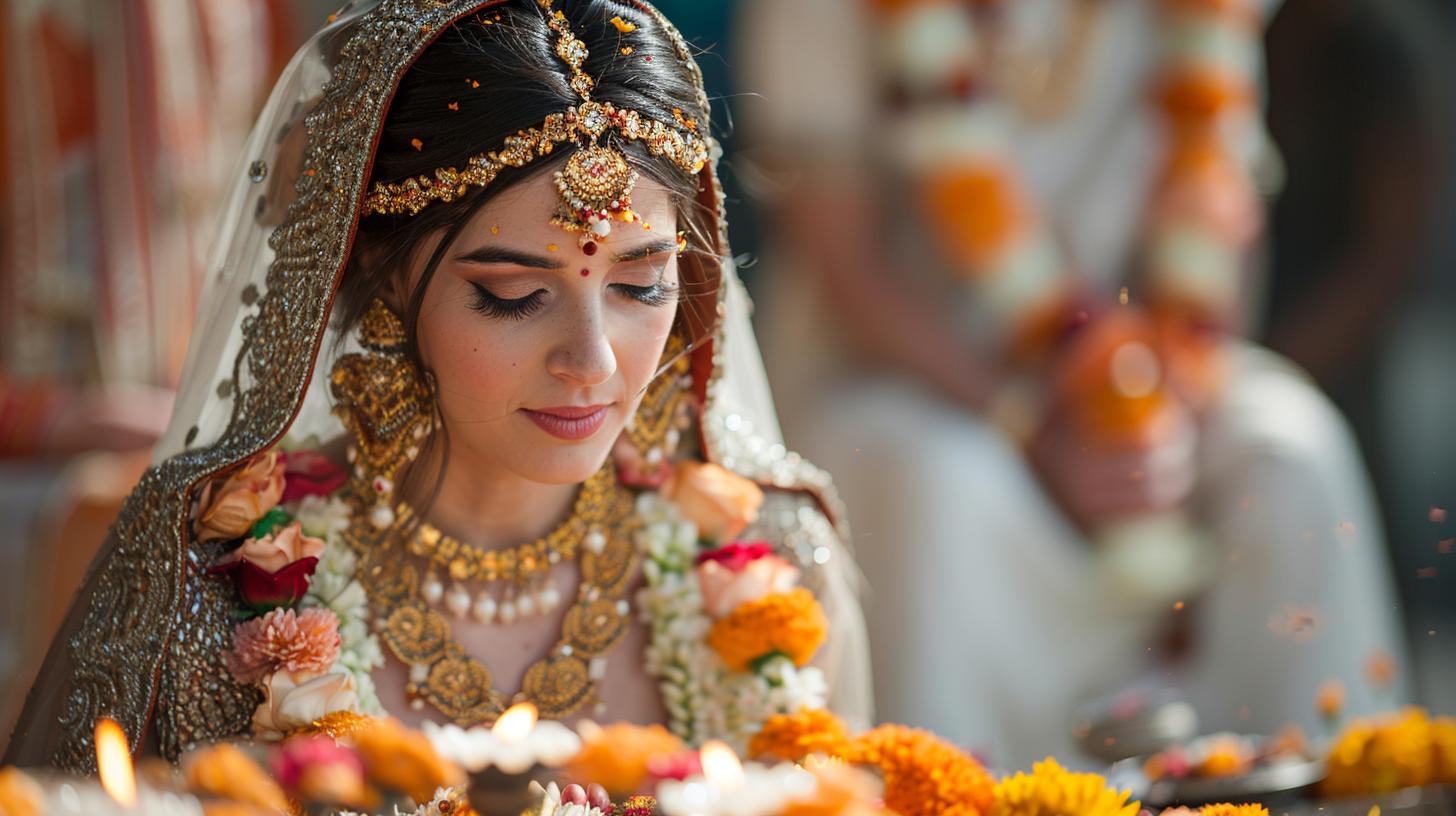
The Mehendi ceremony is a festive event where intricate henna designs are applied to the bride’s hands and feet as a symbol of beauty and auspiciousness.
Sangeet
The Sangeet is a musical evening filled with dancing and singing performances by family and friends in celebration of the upcoming wedding.
Wedding Ceremony
The wedding ceremony itself is a grand affair involving traditional rituals, prayers, and the exchange of vows and garlands between the bride and groom.
Reception
The reception marks the end of the wedding celebrations and is a formal event where the newlyweds are introduced to the community and receive blessings and gifts.
Western Wedding Events
- Ceremony
- Reception
Ceremony
The Western wedding ceremony typically includes the exchange of vows, rings, and a kiss to seal the marriage, often held in a church or other religious venue.
Reception
The reception follows the ceremony and is a celebratory event where guests enjoy a meal, speeches, and dancing in honor of the newly married couple.
Attire and Colors
Traditional Indian Wedding Attire
Traditional Indian weddings are known for their vibrant and colorful attire. The bride typically wears a saree or lehenga in hues of red, pink, or gold, while the groom dons a sherwani or traditional kurta.
Jewelry, such as intricate necklaces and bangles, play a significant role in completing the bridal look.
Guests at Indian weddings also embrace colorful clothing, with women opting for sarees or Anarkali suits, and men wearing kurta-pajamas or formal suits.
Each outfit is carefully chosen to reflect the festive and celebratory nature of the event.
Western Wedding Dress Codes
Western weddings often follow specific dress codes, depending on the formality of the event. Brides typically choose from a range of options, including white wedding gowns, mermaid dresses, or ball gowns.
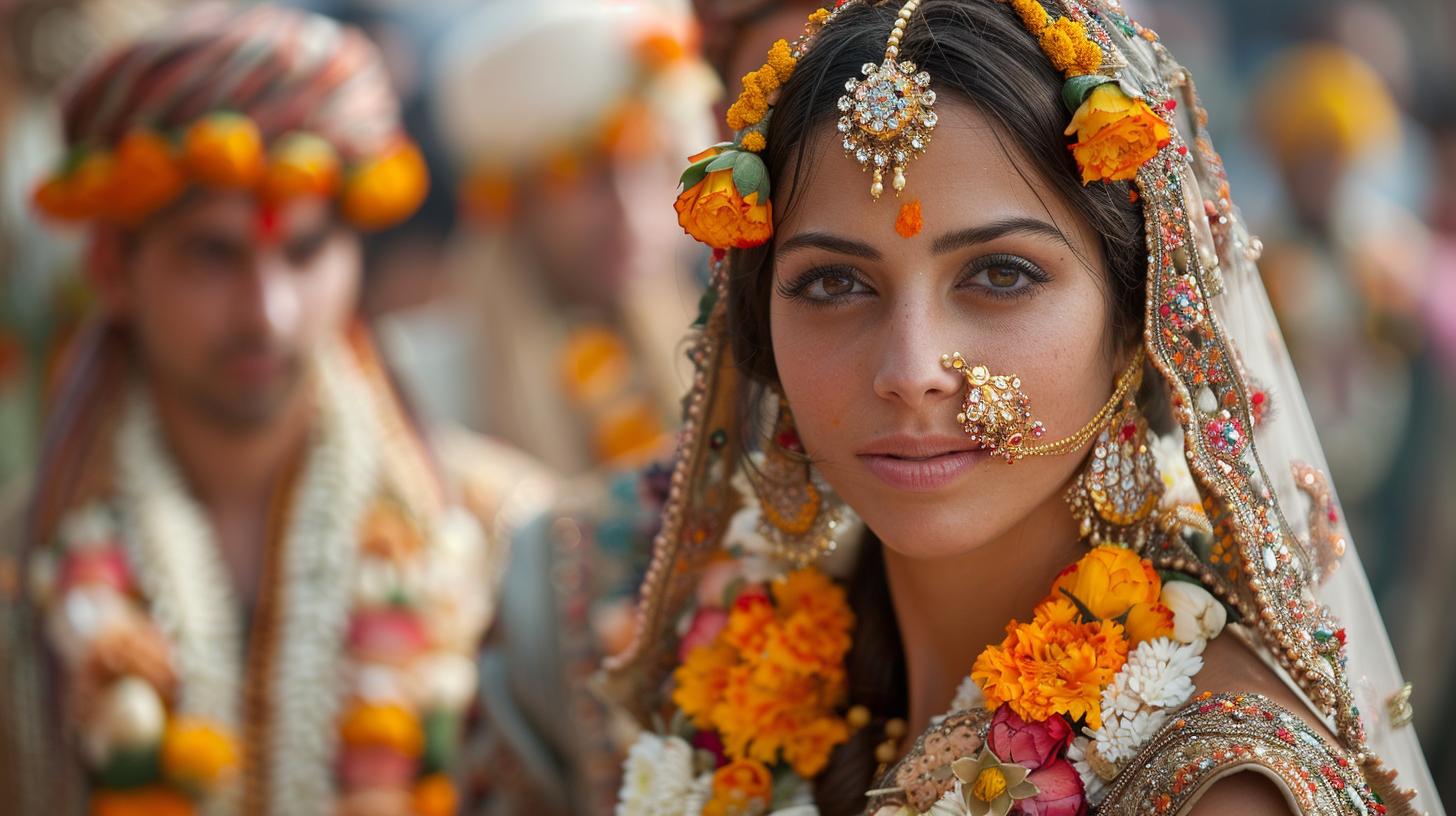
Grooms may opt for a classic tuxedo or suit in black, navy, or grey.
Guest attire at Western weddings varies based on the dress code specified on the invitation. Formal weddings may require guests to wear evening gowns or formal suits, while casual weddings allow for more relaxed attire such as cocktail dresses or khakis and button-down shirts.
Cost Comparison
Expenses in Indian Weddings
Indian weddings are known for their grandeur and lavish expenses. Families often spare no cost when it comes to hosting a traditional Indian wedding. The costs can quickly add up due to various customs and rituals that are an integral part of the celebration.
From elaborate venue decorations to hiring professional vendors for services like catering, photography, and entertainment, Indian weddings demand a significant financial investment.
Traditional Attire and Accessories
- Costumes for the bride and groom
- Jewelry and accessories
- Outfits for family members and wedding party
Venue and Decorations
- Rental fees for event spaces
- Floral arrangements and decor elements
- Lighting and sound equipment
Catering and Banquet
- Food and beverage costs
- Menu customization and special dietary requirements
- Hiring servers and bartenders
Budgeting for Western Weddings
Western weddings, in contrast, typically follow a more budget-friendly approach. Couples often prioritize aspects of the celebration that hold personal significance while making conscious choices to keep costs in check. This can include opting for simpler decor, DIY projects, and limiting the guest list to close family and friends.
Here are some key considerations when budgeting for a Western wedding:
Venue Selection
- Choosing a venue that aligns with the couple’s style and budget
- Considering off-peak wedding dates for potential cost savings
- Package deals and all-inclusive options for convenience
Attire and Beauty
- Bridal gown and groom’s attire expenses
- Hair and makeup services for the wedding party
- Accessories and personal styling
Food and Beverage
- Menu planning based on guest preferences and dietary restrictions
- Bar services and drink selections
- Cake and dessert options
.

